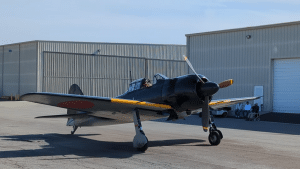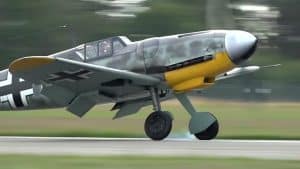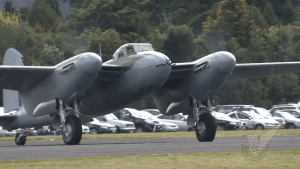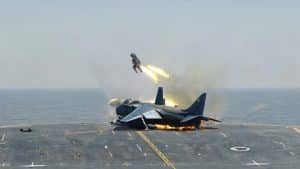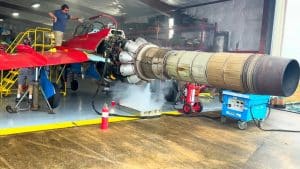3 Fascinating Facts About The B-17’s Oxygen Life Support
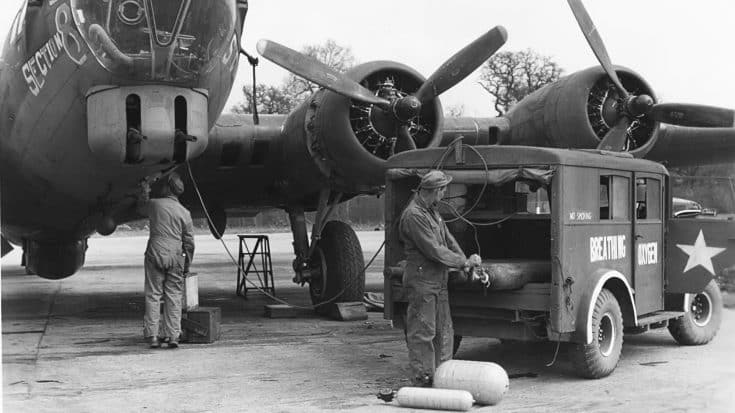
YouTube / WWII US Bombers
1. US Bombers Adopted 2 Types Of Oxygen System
The old version, called the Low Pressure Continuous Flow, and the new version, dubbed the On Demand, were fed from the 400 PSI low pressure oxygen cylinders.
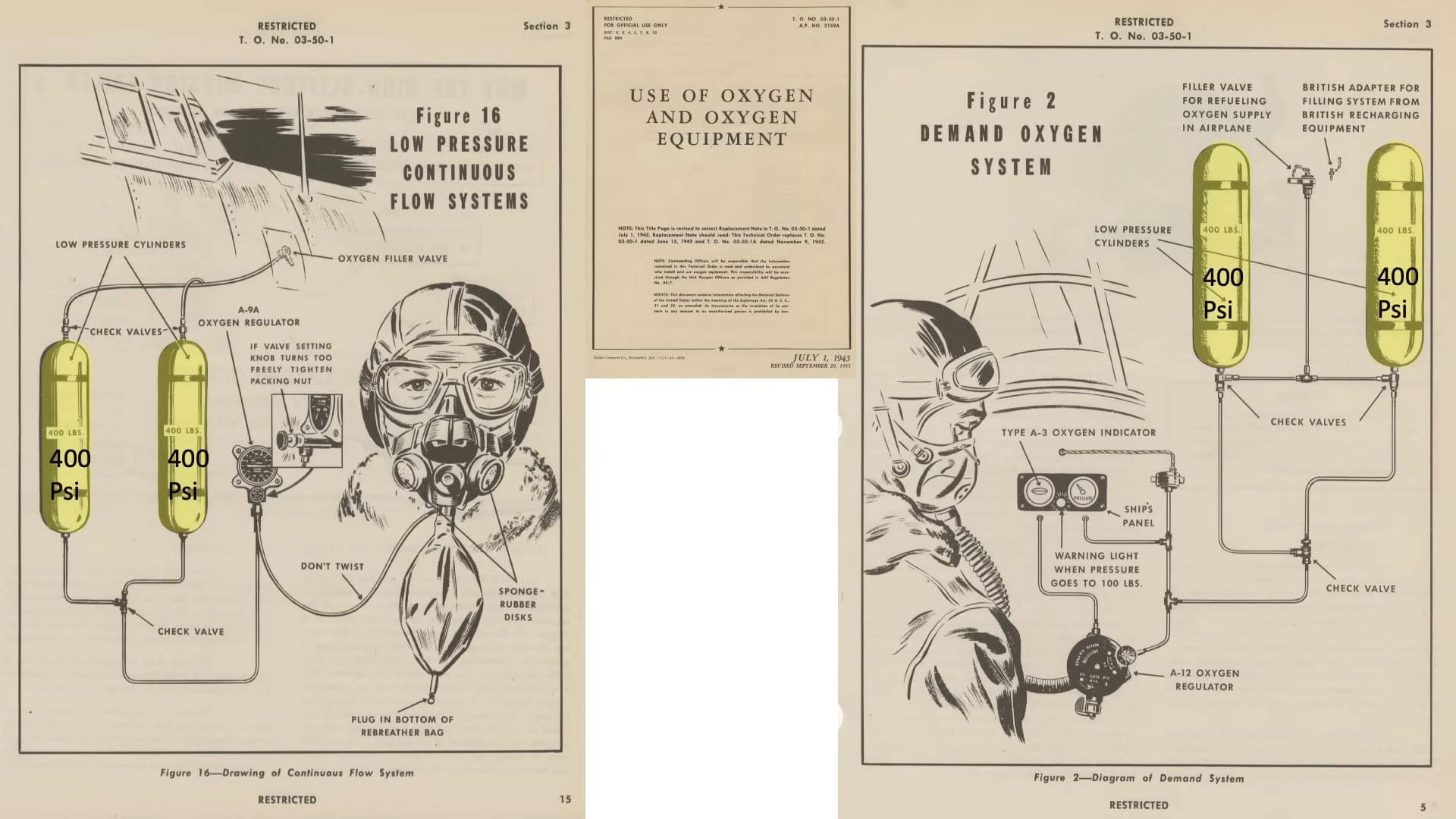
The former features a rebreather bag and was replaced in 1943 as the new system reduced oxygen consumption and the mask were much less likely to freeze.
2. B-17s Had 18 G-1 Bottles and 1 F-1 bottle
Oxygen was stored in either the large G-1 cylinders or the smaller F-1 cylinders.
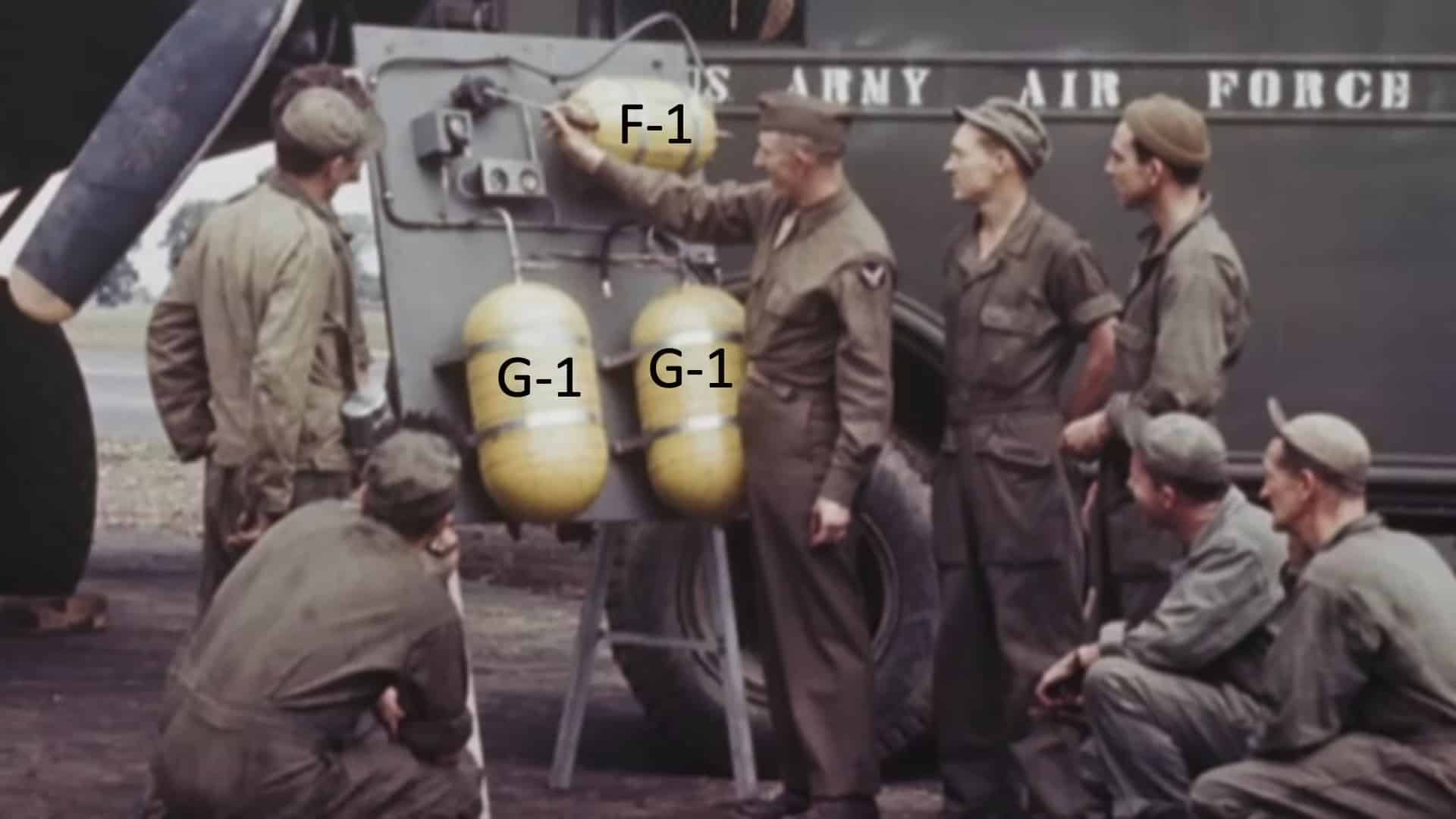
G-1 bottles could hold 29 cubic feet of oxygen and weighed 18 lbs, while the F-1 held 13.8 cubic feet of oxygen and only weighed half the G-1 cylinders.
Each G-1 bottle contains a 5-hour supply for one man at 30,000 ft. F-1 cylinders were mounted on the lower turret and had to be refilled every 1.5 hours by the waist gunners.
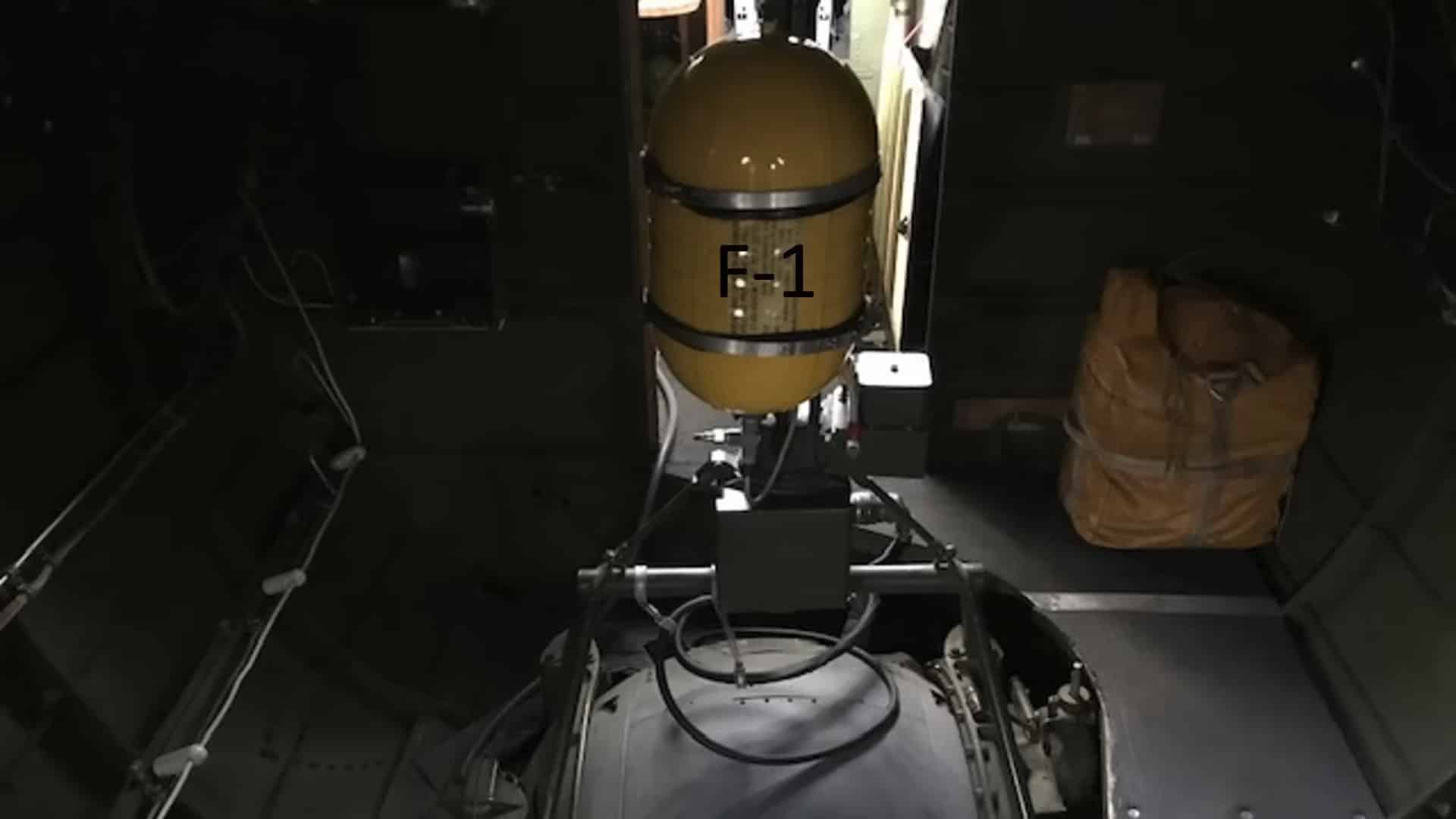
3. The Regulator Can Supply 100% Oxygen In Emergencies
The regulators deliver the correct amount of oxygen automatically by mixing the outside air with the plane’s oxygen on an inhale.
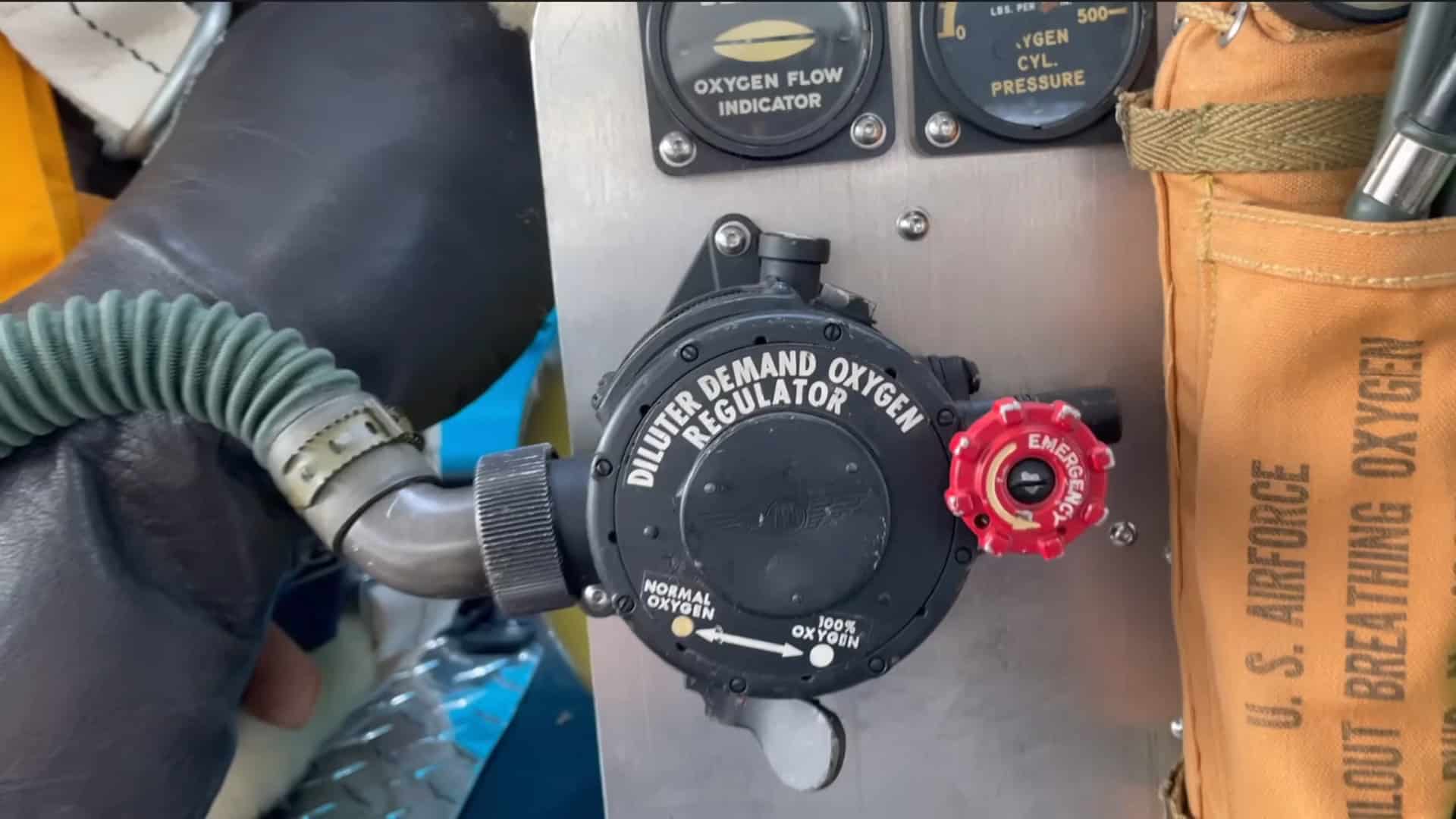
However, if the cabin is filled with smoke or other toxic gasses, crew men can switch the regulator to produce 100% oxygen so no mixing occurs.












